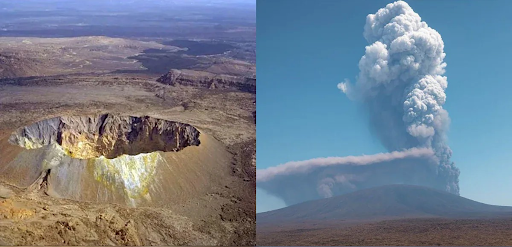Description
Disclaimer: Copyright infringement not intended.
Context
Kerala's Literacy Mission provides home-based education to a bedridden tribal girl, exemplifying inclusive learning initiatives
About Cholanaikkan tribe
- They are considered as one of the most isolated tribes
- They inhabits the forests in the Nilambur Valley, Malappuram district of Kerala.
- They call themselves as Malanaikan or Sholanaikan.
- They are also known as the Cavemen of Kerala.
- The meaning of the name of the tribe is as following:
- Shola or chola means deep thicket in the forest and
- naikan means king.
- They are the only cave dwelling community in India.
- The overall population is extremely low.
- They are small tribe with a total population of less than 400 persons
- Their population is diminishing recent years.
- They are divided into smaller groups called as Jenmam.
- They are found in groups which consists of 2 to 7 primary families.
- Each group is called a
- They have no permanent dwellings.
- They prefer to live close to water sources.
- They live essentially by scavenging the forest.
- They do not cultivate because of the problem of elephants trampling over their produce.
- A fraction of whom live in caves
- The rest in temporary self-built structures.
- Their forest area is completely protected
- Outsiders are not even allowed to scavenge for forest produce or contact the tribal communities.
- They live in a protected forest along with elephants and other wild animals including occasional sighting of tigers. Antelopes are very common there.
- They speak a language which is weakly called Dravidian
- But it is noteworthy that it is not directly related to any of the modern Dravidian languages.
- Their names also suggest local words and do not carry any names from Hindu mythologies or other more prevalent names suggesting long period of isolation.
- They are classified as Particularly Vulnerable Tribal Groups (PVTGs).
THE HINDU
|
PRACTICE QUESTION
Q: What initiative did Kerala's Literacy Mission undertake for a bedridden tribal girl?
A) Provided online classes
B) Arranged home-based education
C) Enrolled her in a special school
D) Offered vocational training
Answer: B) Arranged home-based education
Explanation:
To ensure the bedridden tribal girl's right to education, Kerala's Literacy Mission arranged for educators to teach her at home, demonstrating their commitment to inclusive learning.
|










